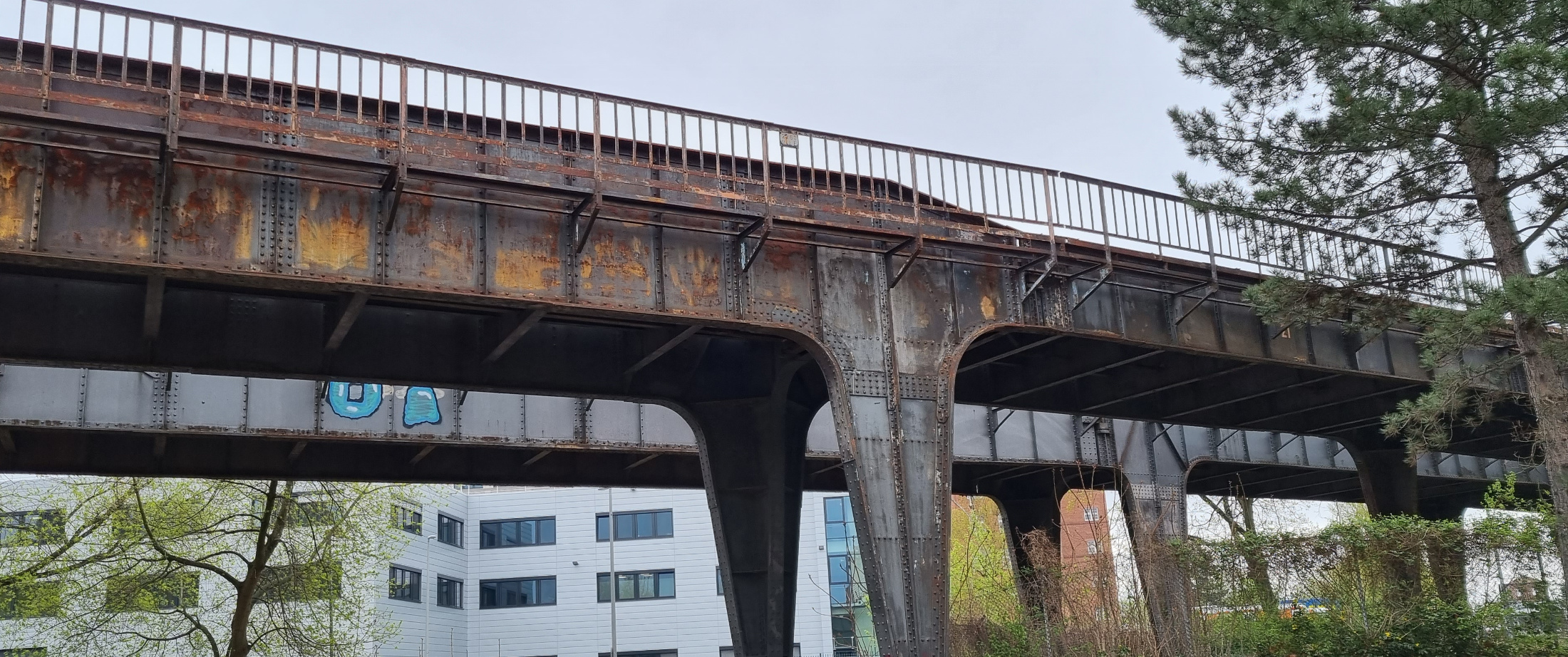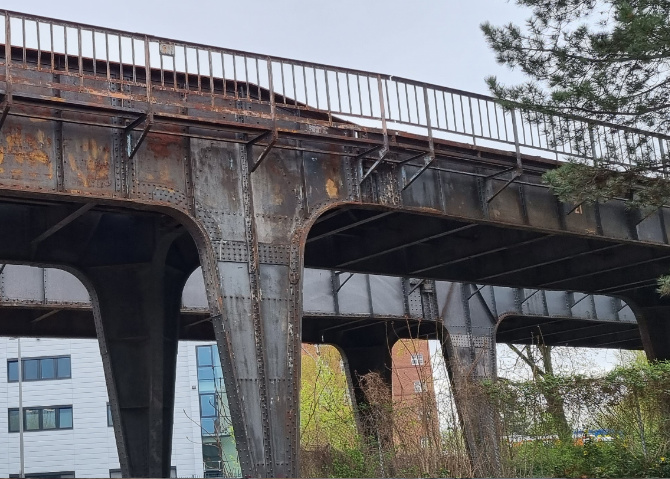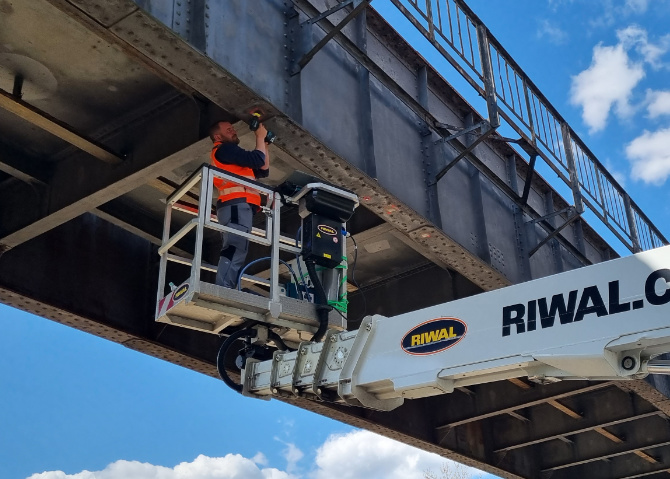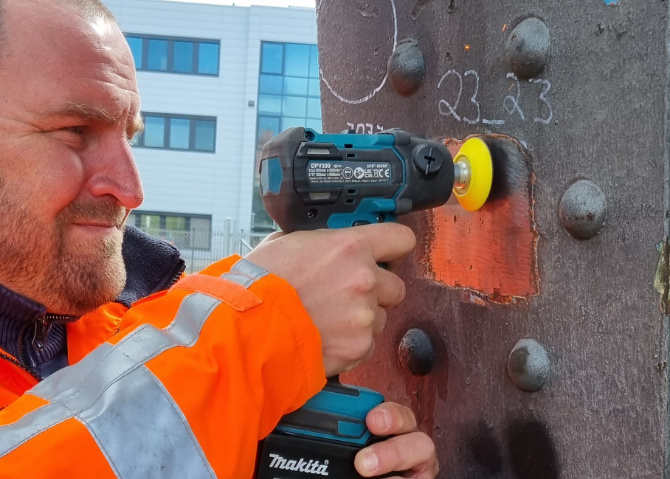
Siemens railway Berlin

Siemens railway Berlin
The so-called Siemensbahn, a disused S-Bahn line in western Berlin, connects the center of the capital with the Siemens site in Berlin beyond. It was built between 1927 and 1929 to transport the working population to the Siemens works. It was shut down in the 1980s. The route is now being reactivated as part of the Initiative I2030 by the states of Berlin and Brandenburg. [1]
After crossing the Spree, a large part of the route runs out of town as an elevated railway on an imposing steel frame structure. The building is a listed building and is worth preserving as a witness to the engineering technology of its time.
On behalf of the Senate of Berlin, plans for the rehabilitation of the bridge are currently being carried out by Deutsche Bahn AG. The quality of the (scrap) steel is important input information for planning the recommissioning. For this purpose, drill cores or other small sample pieces are usually taken at certain points. Due to the overall length of the structure and the large number of individual components, this procedure is classified as extremely complex in the present case. Difficulties are expected with this sampling method with regard to the statistical transferability of the results to the entire route.
With the help of a new process developed by IWT-Solutions AG in cooperation with the Technische Hochschule Mittelhessen was developed in Giessen for such an application, the difficulties mentioned can be overcome. In a short time and with manageable effort, a large number of riveted individual components can be measured non-destructively with regard to the steel grade. By selecting representative sections through different component axes along the entire route, a representative image of the steel qualities can be determined.

Removal of the corrosion layer

Fine machining of the measuring point

Measurement using mobile spark emission spectroscopy
Measurement using mobile spark emission spectroscopy (short: OES)
Mobile spark emission spectroscopy (OES for short) is used. IWT-Solutions AG, together with Hitachi High-Tech Analytical Science GmbH, has adapted this method for this measurement task. The chemical composition of the steel is measured. First, the corrosion layer is carefully removed using a special process and the surface is prepared in such a way that no contamination of the measurement by elements from the corrosion protection or corrosion pitting can occur. IWT evaluates the measurement results in connection with existing know-how about the special features of industrial steel production at the time of construction. As a result, an assignment to the 1927 normative known steel grades, such as St 48 or St 34 is made.
With the help of the method, 470 measurements could be carried out in a very short time with relatively little overall effort. The results provide the customer, Bahn AG, with important information for further planning at an early stage.
In summary, one can say that the new method provides a powerful and flexible process that can be used to advantage in the area of old steel remediation and provides valuable data in the early planning phase. It is expected that this method can be applied to steel structures of all ages and uses such as road bridges, industrial structures and hydraulic structures of all ages.
[1] In the i2030 project, the states of Berlin and Brandenburg, Deutsche Bahn and VBB are planning a better rail infrastructure for the capital region.


